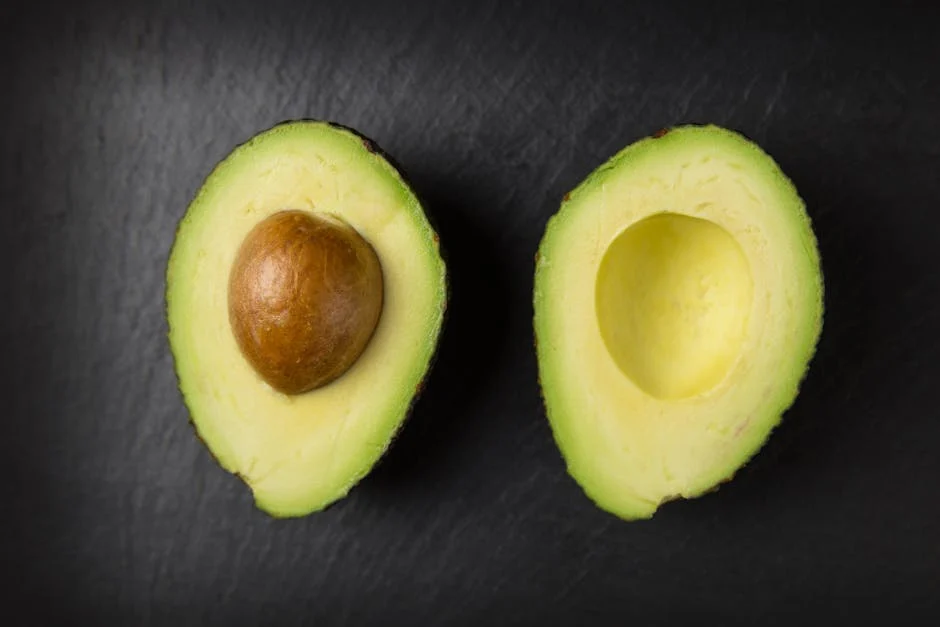Introduction
In today’s fast-paced world, it’s easy to disconnect from the food we eat. We often rush through meals, distracted by screens and to-do lists, barely noticing the flavors and textures. But what if we could reclaim our relationship with food, making mealtimes a source of nourishment and joy? This is where the Paleo diet and mindful eating come together, offering a powerful approach to reconnecting with what we eat and why.
The Paleo Diet: Eating Like Our Ancestors
What is the Paleo Diet?
The Paleo diet, also known as the “caveman diet,” focuses on consuming foods that our hunter-gatherer ancestors ate. This typically includes:
- Lean meats
- Fish
- Fruits
- Vegetables
- Nuts
- Seeds
It avoids processed foods, grains, legumes, and dairy, which are believed to have been introduced later in human history and may contribute to health problems.
Benefits of the Paleo Diet
Proponents of the Paleo diet suggest numerous health benefits, including:
- Weight loss
- Improved blood sugar control
- Reduced inflammation
- Increased energy levels
Mindful Eating: Paying Attention to the Present Moment
What is Mindful Eating?
Mindful eating is about bringing awareness to the experience of eating. It involves:
- Paying attention to the sights, smells, textures, and tastes of food.
- Eating slowly and deliberately.
- Noticing your body’s hunger and fullness cues.
- Eating without distractions (phones, TV, etc.).
- Approaching food with curiosity and without judgment.
Benefits of Mindful Eating
Mindful eating can lead to:
- Improved digestion
- Reduced overeating
- Greater satisfaction with meals
- A healthier relationship with food
- Increased awareness of emotional eating triggers
Combining Paleo and Mindful Eating: A Powerful Synergy
Choosing Paleo Foods Mindfully
By combining the Paleo diet with mindful eating, you can amplify the benefits of both. Instead of simply following the Paleo guidelines, take the time to appreciate the natural, whole foods you’re consuming. Consider the source of your food, the effort that went into producing it, and the nutrients it provides. This transforms eating from a mindless act to a conscious and nourishing experience.
Practical Tips for Paleo Mindful Eating
- **Prepare your own meals:** This allows you to control the ingredients and be more present during the cooking process.
- **Set the table:** Create a pleasant eating environment to encourage relaxation and focus.
- **Take a few deep breaths before eating:** This helps calm your mind and prepare you for the meal.
- **Chew your food thoroughly:** This aids digestion and allows you to savor the flavors.
- **Pause between bites:** This gives your body time to register fullness cues.
- **Avoid distractions:** Turn off the TV and put away your phone.
- **Reflect on your experience:** After the meal, notice how you feel both physically and emotionally.
Conclusion
The Paleo diet and mindful eating offer a holistic approach to food that can improve your health and well-being. By focusing on whole, unprocessed foods and paying attention to the present moment, you can reconnect with your body, nourish your mind, and develop a healthier, more sustainable relationship with food. It’s about more than just what you eat; it’s about how you eat. Embrace this synergy and rediscover the joy of truly connecting with your food.
